Introduction
While mythological and historical dramas dominated early Indian silent cinema, another, often less discussed, strand of filmmaking emerged: socially relevant films. These films, though still nascent and often subtle in their approach, engaged with pressing social issues prevalent in early 20th-century India, such as caste discrimination, women’s rights, and poverty. While not overtly political or directly challenging British rule, these socially conscious silent films often carried implicit nationalist messages. By highlighting social ills within Indian society and implicitly advocating for reform and equality, they contributed to the broader nationalist project of self-improvement, national unity, and cultural regeneration. This article examines how early socially relevant silent films addressed social themes, the implicit nationalist messages they conveyed, the techniques of subtle protest they employed, and their significance in the context of Indian nationalism and early cinema.
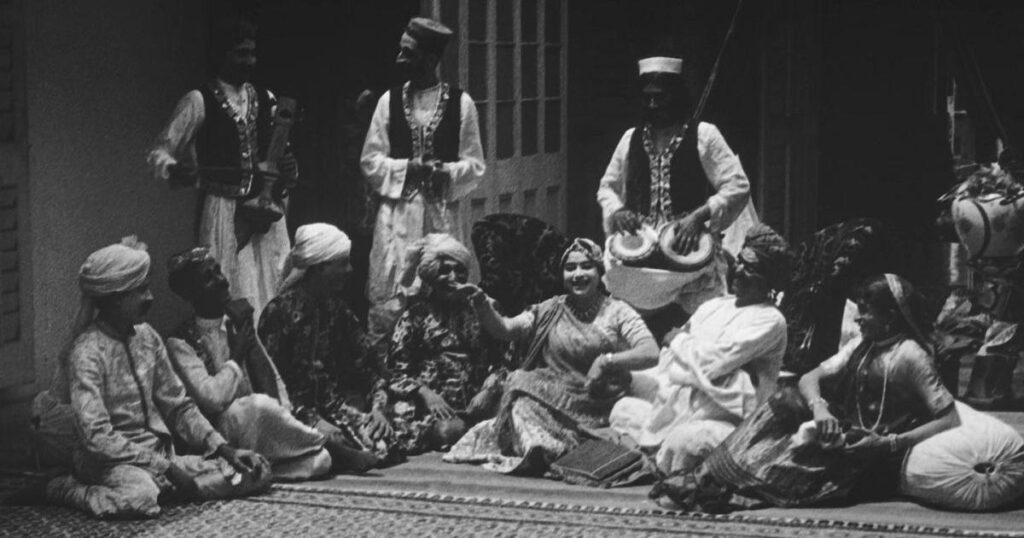
Background: Social Reform Movements and Nascent Nationalism
The late 19th and early 20th centuries in India witnessed the rise of significant social reform movements alongside the burgeoning nationalist movement. These two streams were often intertwined and mutually influenced each other.
Context of Social Reform and Nationalism:
- Social Reform Movements: India saw a surge of social reform movements addressing issues like caste discrimination, untouchability, child marriage, lack of women’s education, and other social injustices. These movements, often led by Indian intellectuals and reformers, aimed to modernize and improve Indian society from within.
- Intertwined Agendas: Social reform and nationalism were not always separate. Many nationalists believed that social reform was essential for national progress and strength. They argued that internal social divisions weakened India and that social reform was necessary for achieving true self-governance and national unity. Figures like Mahatma Gandhi strongly linked social reform with the nationalist struggle.
- Critique of Colonial Justifications: Colonial authorities often pointed to social ills within Indian society as justification for continued British rule, arguing that India was not “ready” for self-governance due to its internal social problems. Nationalists countered this by emphasizing the need for both political and social liberation and demonstrating Indian agency in addressing its own social issues.
- Limitations on Direct Political Expression: Under British colonial rule, direct political protest and criticism of the government were often censored or suppressed. Filmmakers, like other cultural producers, operated within these constraints. Directly nationalist or anti-British films were unlikely to pass censorship. This context necessitated more subtle and indirect forms of social and political commentary in early cinema.
Social Themes Addressed in Early Silent Cinema
Early socially relevant films in India, though limited in number and scope compared to mythological or historical genres, did begin to touch upon various social issues.
Common Social Themes:
- Caste Discrimination and Untouchability: While perhaps approached cautiously due to social sensitivities and censorship, some early films likely hinted at the issue of caste discrimination and the plight of marginalized communities. Themes of social inequality and injustice, even if presented in a generalized way, could resonate with the reality of caste hierarchy.
- Women’s Rights and Social Constraints: Issues related to women’s status in society were more frequently addressed. Themes could include:
- Widow Remarriage: Advocating for widow remarriage, challenging the social stigma against it, and highlighting the plight of widows.
- Child Marriage: Depicting the negative consequences of child marriage and advocating for raising the age of marriage.
- Women’s Education: Implicitly or explicitly promoting the importance of women’s education and challenging traditional restrictions on female literacy.
- Social Restrictions on Women’s Mobility and Freedom: Subtly portraying the limitations placed on women’s lives within traditional patriarchal structures.
- Poverty and Economic Hardship: Films might depict scenes of poverty, economic distress, and the struggles of the common people. While often framed as individual stories of misfortune, these could implicitly point to broader social and economic inequalities, some of which were exacerbated by colonial economic policies.
- Social Injustice and Exploitation: Stories could touch upon various forms of social injustice and exploitation prevalent in Indian society, though likely without directly naming specific social groups or power structures in a critical way. General themes of oppression and the need for justice could resonate with broader social grievances.
- Religious Harmony (or Lack Thereof): Given the multi-religious nature of Indian society and occasional communal tensions, some films might have subtly promoted themes of religious harmony and tolerance, or depicted the negative consequences of religious conflict, though this was likely approached with caution as well.

Implicit Nationalist Messages in Socially Relevant Films
While focusing on social reform, these films often carried implicit nationalist messages that resonated with the broader nationalist agenda.
Connections to Nationalism:
- Self-Critique for National Improvement: By highlighting social ills and advocating for reform, these films implicitly promoted the idea that India needed to address its internal weaknesses to become a stronger and more unified nation. This aligned with the nationalist emphasis on self-improvement and cultural regeneration as essential for achieving self-governance.
- Social Ills as Hindrance to National Unity: Social divisions and inequalities, like caste discrimination, were seen by nationalists as obstacles to national unity. Films addressing these issues, even subtly, could implicitly advocate for social harmony and equality as crucial for building a strong and united Indian nation capable of self-rule.
- Indian Agency in Social Reform (vs. Colonial Claims): By portraying Indians grappling with and seeking to address their own social problems, these films implicitly asserted Indian agency in social reform. This countered the colonial argument that India was incapable of modernizing itself and needed British rule to bring about progress. It suggested that Indians themselves were capable of identifying and resolving their social issues.
- Moral Authority and Cultural Renewal: By focusing on ethical and social values, these films could implicitly assert India’s moral and cultural strength. Advocating for social justice and reform could be seen as a form of cultural renewal, aligning with the broader nationalist project of reclaiming and revitalizing Indian culture.
- Creating a Modern and Progressive Image of India: By engaging with contemporary social issues and advocating for reform, these films contributed to creating a more modern and progressive image of India, countering stereotypical colonial portrayals of India as backward and static. This modern, reformed India was presented as more deserving and capable of self-governance.
Examples and Thematic Trends (Though Specific Film Details Limited)
Due to the silent era and limited preservation, specific titles and detailed content descriptions of early socially relevant films are scarce. However, we can infer thematic trends and potential examples based on broader social reform movements and general cinematic practices of the time.
Possible Examples and Thematic Trends:
- Films on Widow Remarriage: Given the social reform movements advocating for widow remarriage, it’s plausible that some early films might have touched upon this theme, perhaps depicting the struggles and social ostracization faced by widows and implicitly advocating for their right to remarry.
- Films on Child Marriage: Similarly, films might have depicted the negative consequences of child marriage, portraying the suffering of child brides and implicitly supporting campaigns against this practice.
- Films with Socially Conscious Heroes/Heroines: Even within mythological or historical genres, some films might have incorporated socially conscious characters who challenged social norms or injustices, though likely in a subtle and allegorical manner rather than directly confronting caste or colonial structures.
- Films Depicting Everyday Life and Social Realities: Some films might have moved away from grand mythological or historical themes to focus on everyday life and social realities, depicting the lives and struggles of ordinary people, including those from marginalized communities, though again, likely with a degree of caution and subtlety.
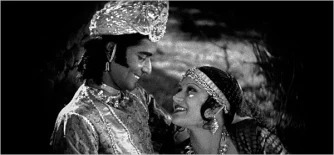
Techniques of Implicit Protest and Social Commentary in Silent Film
Given the limitations of silent cinema and censorship, filmmakers relied on subtle techniques to convey social critique and implicit nationalist messages.
Techniques for Subtlety:
- Visual Symbolism and Metaphors: Silent cinema was inherently visual. Filmmakers could use visual symbols and metaphors to represent social issues or power dynamics. For example, visual contrasts between rich and poor, or symbolic representations of social barriers, could convey messages about inequality.
- Character Archetypes and Symbolic Representation: Characters could be designed as archetypes representing social groups or ideologies. Sympathetic portrayals of marginalized characters or heroic figures challenging social norms could implicitly critique existing social hierarchies.
- Emotional Storytelling and Melodrama: Silent cinema excelled at emotional storytelling. By focusing on the emotional suffering of characters facing social injustice, filmmakers could evoke empathy and social awareness among audiences. Melodramatic narratives could be used to highlight the tragic consequences of social ills.
- Music and Atmosphere: Music played a crucial role in silent films, setting the mood and enhancing emotional impact. Somber or প্রতিবাদী (protibadi – protesting/rebellious) musical scores could subtly underscore social injustice or create an atmosphere of dissent and unease.
- Intertitles for Nuance: Intertitles, while often used for dialogue, could also be used to provide commentary or subtly emphasize certain social or moral points, though again, likely with caution to avoid direct censorship.
Reception and Significance of Early Socially Relevant Films
The reception and impact of early socially relevant silent films are less documented than those of mythological or historical epics. However, they likely played a role in shaping early cinematic culture and social discourse.
Reception and Significance Aspects:
- Likely Smaller Audience Compared to Mythological Films: Socially relevant films, being less overtly spectacular or religiously themed, might have had a smaller audience compared to the more dominant genres. However, they likely attracted socially conscious audiences and those interested in more contemporary themes.
- Contribution to Social Discourse (Even if Limited): Even if subtle and less widespread, these films contributed to raising social awareness and initiating discussions about social issues within the public sphere of early cinema. They paved the way for more explicit social commentary in later Indian cinema.
- Early Form of Socially Conscious Filmmaking: These films represent an early, though nascent, form of socially conscious filmmaking in India, demonstrating that even in the silent era, some filmmakers were beginning to use cinema as a medium to engage with contemporary social realities, however cautiously.
- Paving Way for More Overt Social and Political Cinema: The subtle social commentary of these early films can be seen as a precursor to the more overtly social and politically engaged cinema that would emerge in India in later decades, particularly in the post-independence era. They helped establish a tradition of social relevance within Indian filmmaking.
Limitations and Nuances
It’s important to acknowledge limitations and nuances in discussing these early socially relevant films:
- Subtlety and Implicit Messaging: Their messages were often implicit and subtle due to censorship and social constraints. It’s important to avoid overstating their overt political or revolutionary nature.
- Potential for Conservative Interpretations: Social reform messages in some films might have been framed within a somewhat conservative or paternalistic framework, rather than a radically transformative one. Social reform ideologies themselves were diverse and complex.
- Limited Evidence and Historical Record: Due to the scarcity of surviving films and detailed documentation from the silent era, our understanding of these socially relevant films is necessarily incomplete and based on inferences and broader historical context.
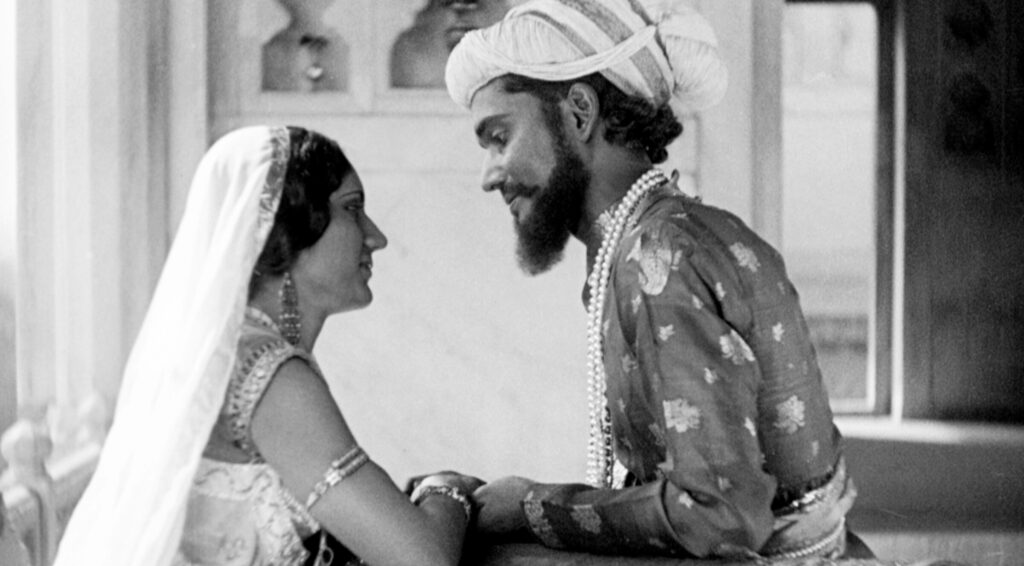
Conclusion
Early socially relevant silent films in India, though often overshadowed by the more popular mythological and historical genres, represent a significant, if subtle, strand of early Indian cinema. By addressing pressing social issues of the time – caste, women’s rights, poverty – they implicitly contributed to the broader nationalist project. While constrained by censorship and social sensitivities, these films used visual storytelling, character archetypes, and emotional narratives to convey messages of social critique and reform, subtly embedding implicit nationalist ideals of self-improvement, unity, and social justice. These early socially conscious films, though “silent” in their medium and often subtle in their protest, were nonetheless important “seeds of freedom” in the evolving landscape of Indian cinema, paving the way for more overtly social and political filmmaking in the future.


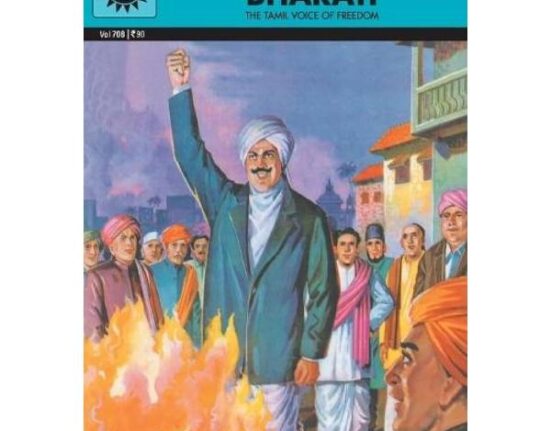
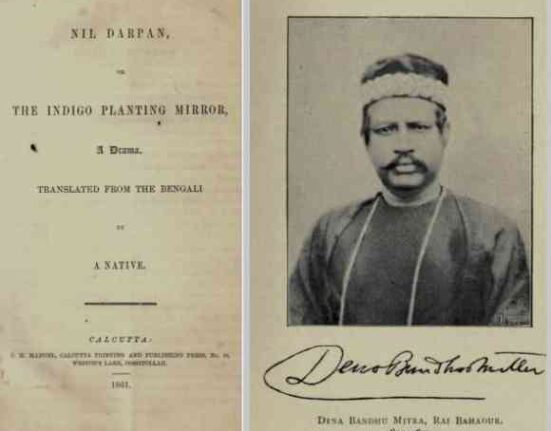
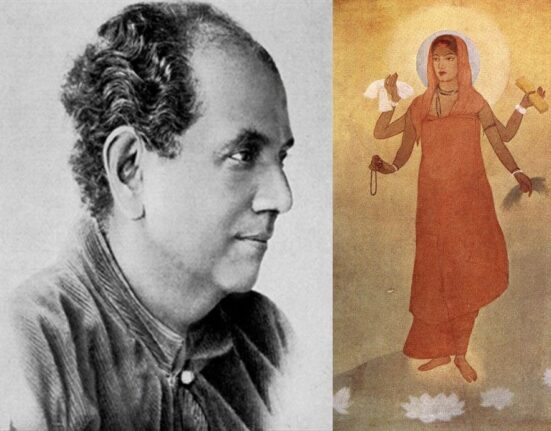
Leave feedback about this